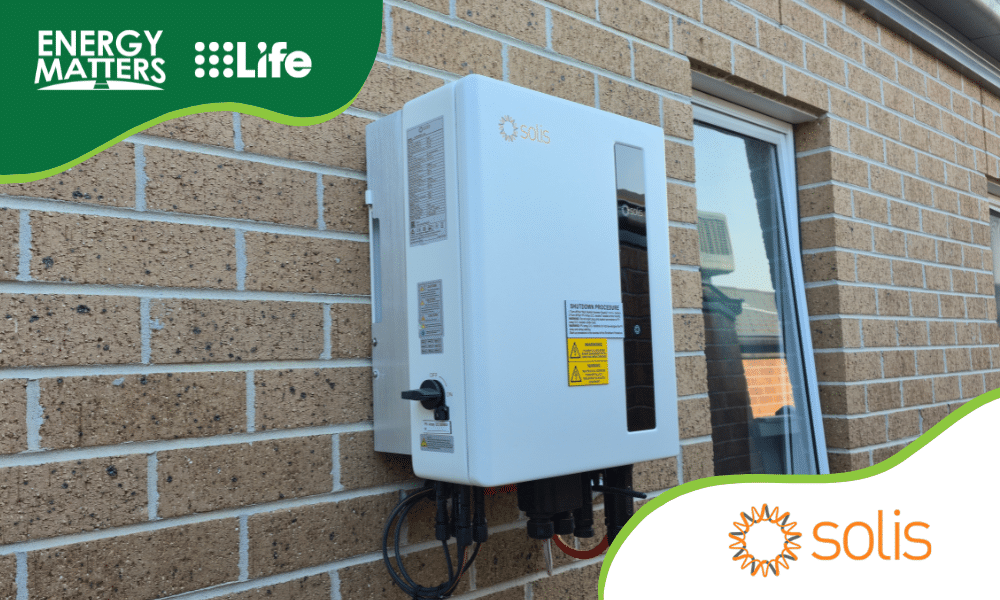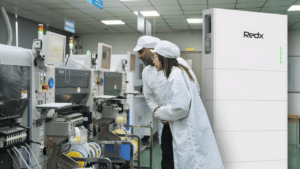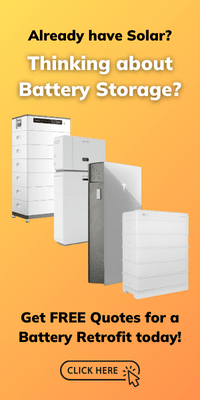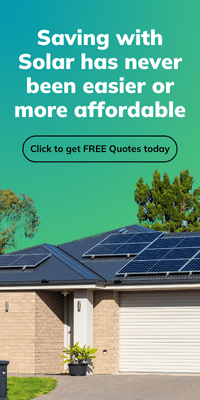Episode 7 of Energy Matters featured a home that I can feel confident writing about, my own! Though, and as the episode delved into, the house is not actually my own, I rent. Roshan caught up with me at my home in Clyde North, Victoria, to find out why I chose to pay for solar as a renter and how a Solis hybrid inverter helped make the decision easier.
Renting and adding solar: Why would you?
For me and my family, the decision was pretty simple; we use a lot of electricity, and we don’t enjoy paying for it. After a few months of living in our new home and paying the increasingly large electricity bills, we knew that it was time to take matters into our own hands. We sought the help of O’Brien Electrical and Plumbing in Rowville to guide us in our decision-making.
While the cost of solar has gone down, the feed-in tariff has also followed suit. This means that any solar generated that we do not use would be fed into the grid for next to no return. We needed a system that would suit our budget and our savings goals. Our new home in Clyde North presented us with three questions:
- Will we see a fast return on investment (2 to 4 years maximum)?
- Can we trust that our landlord will allow us to stay long enough to see the return?
- How long do we plan on staying in this house?
These are the questions any renter questioning solar should be considering. After all, the solar added to the home is not like most other appliances that you can take with you when you leave.
The process of going solar
Danny from O’Brien Electrical and Plumbing sat down with us and walked us through our average usage, what we were expecting as a return on investment, and the technology available to us. As we are renting, the price point had to be reasonable, but we also didn’t want to compromise on quality. This is where the Solis S6-EH1P 6kW hybrid inverter entered the discussion. It met our budget and technological needs.
While not on the menu at the moment, it is our aim to add battery storage in the future. Installing a hybrid inverter now will allow the addition to be as seamless as possible. I know, if solar panels weren’t enough, battery storage as a renter sounds absolutely crazy!
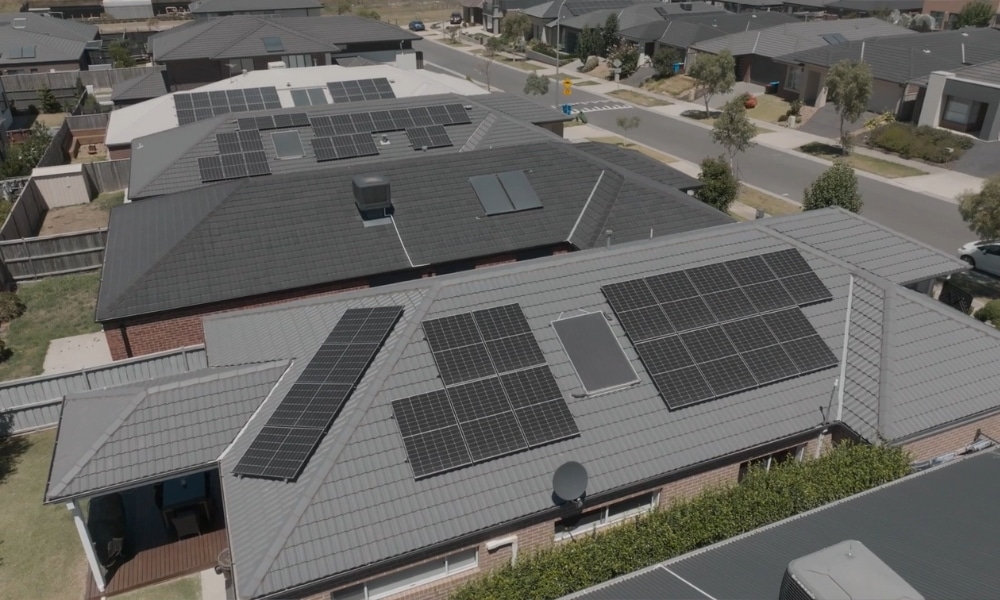
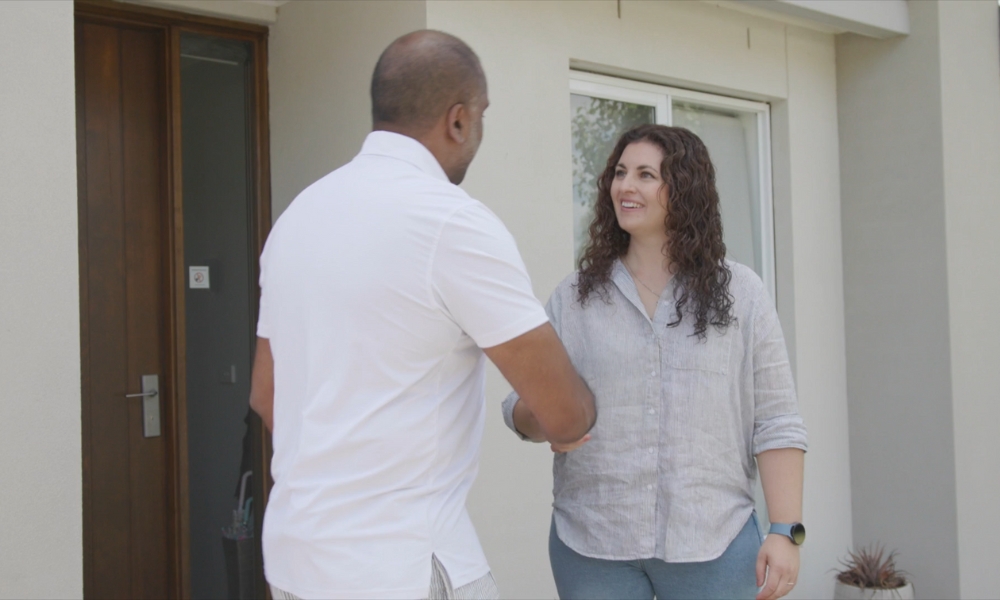
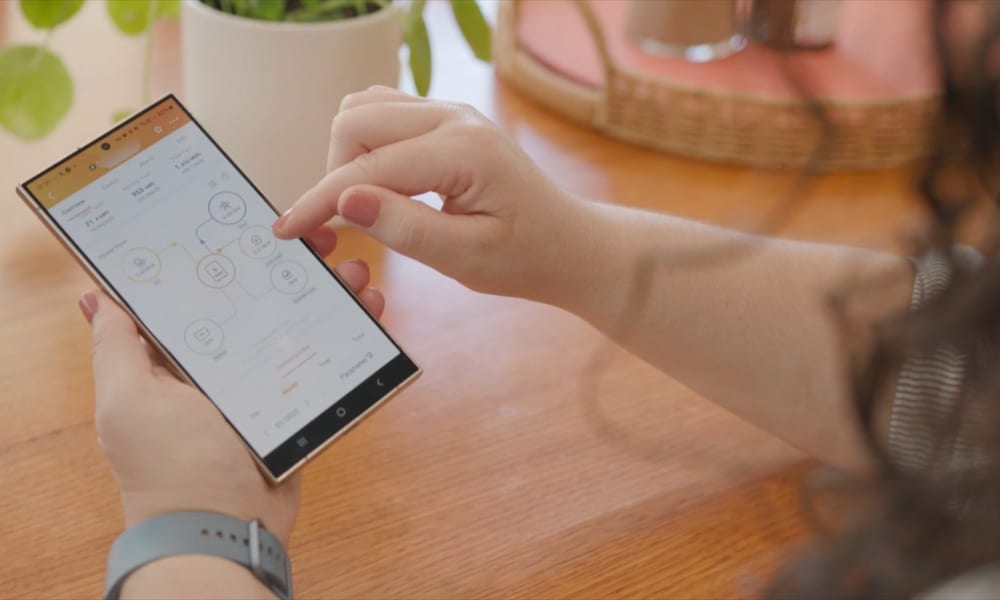
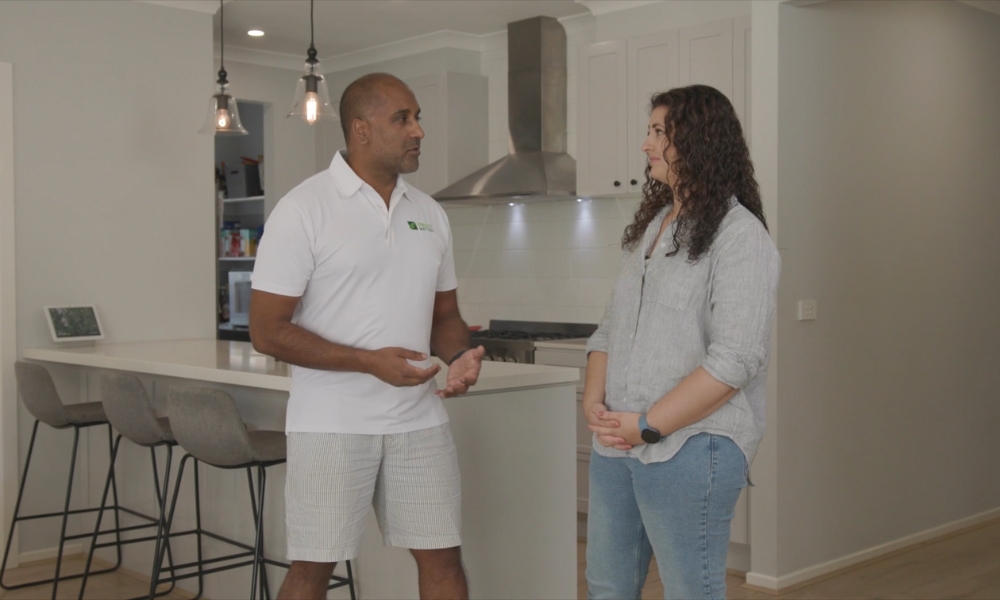
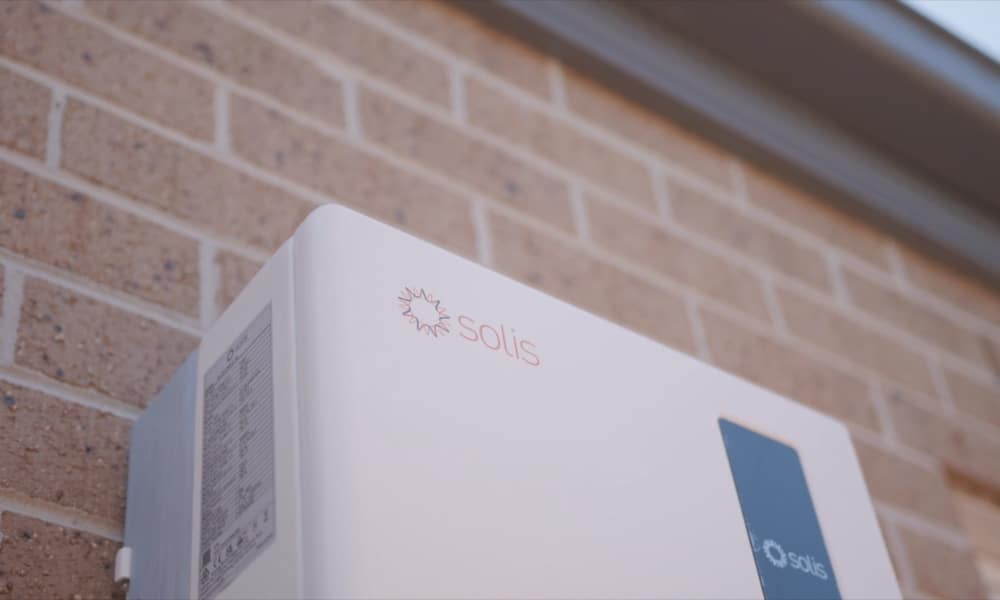
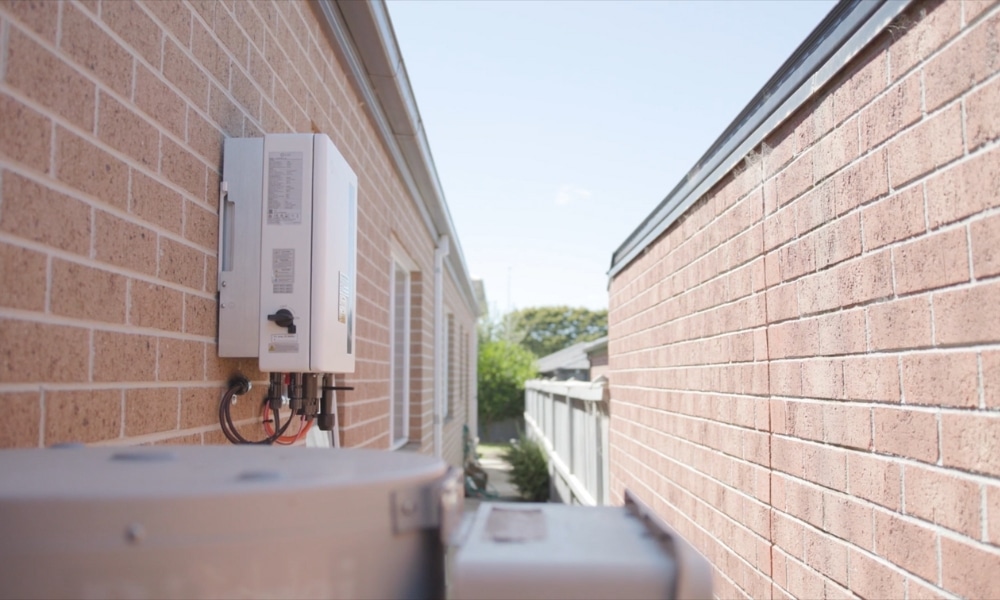
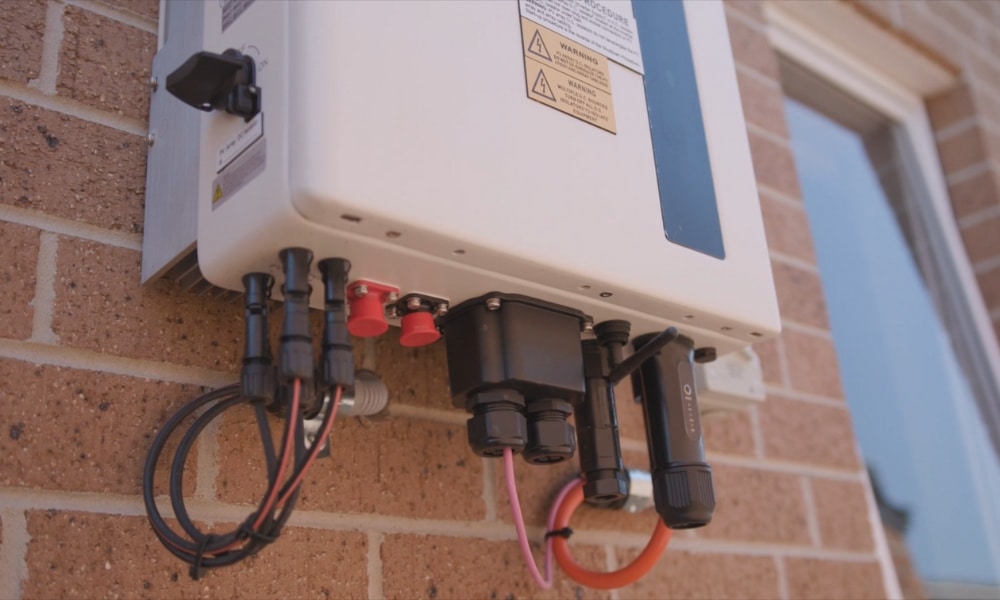
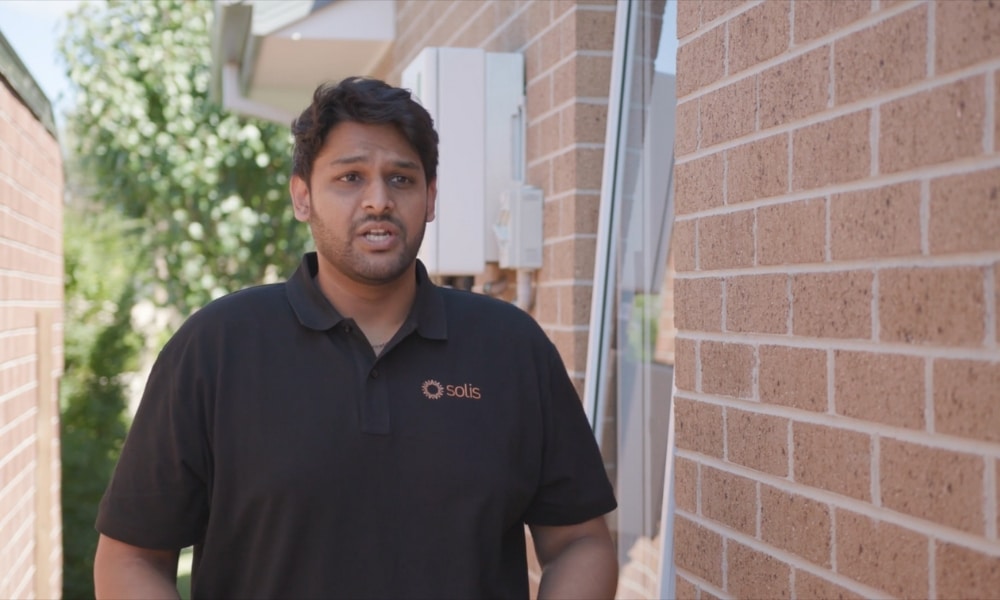
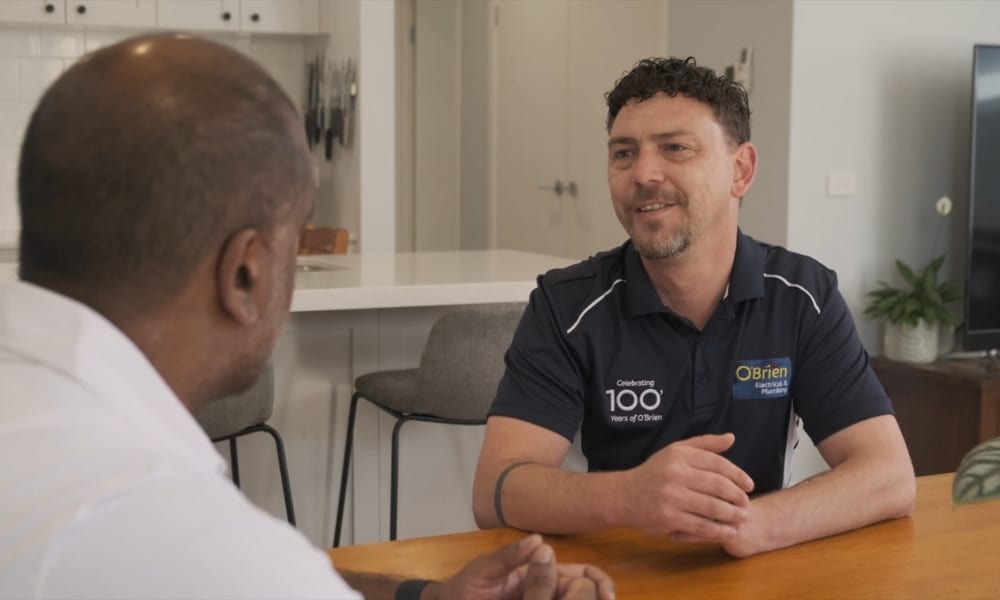
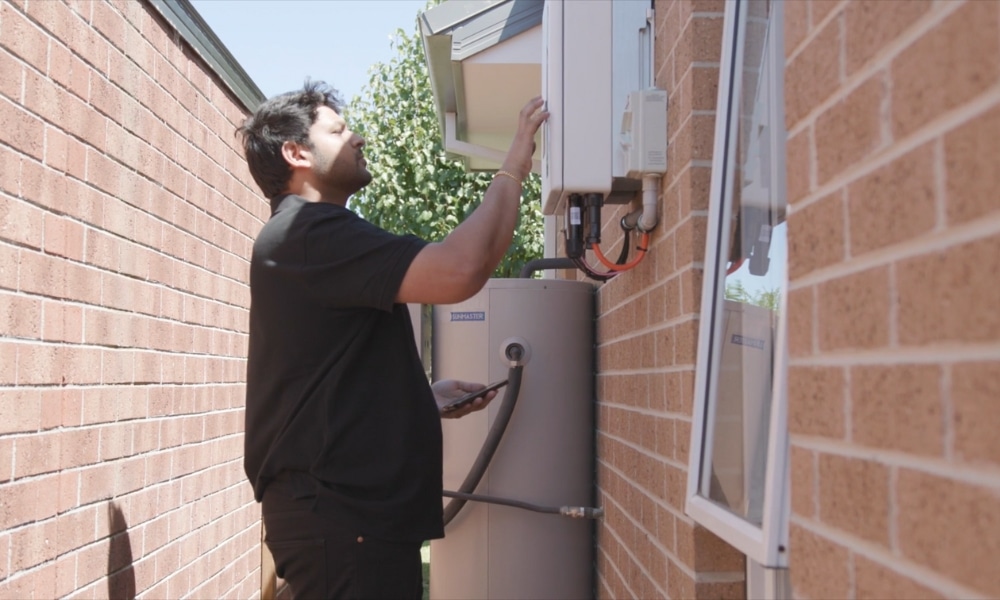

Solis inverters: Why they were the right choice for our rental
If you’re like me, then you’ll love maximising your investments. Solis provides this with ease as they pack a heavy punch with their technology at an affordable price. We decided to add solar panels on two faces of our roof: north and east. While we would love to add west-facing panels for our afternoon usage, knowing that these would face the road meant that we didn’t consider them as an option. Not our house, not our facade! The two MPPTs on the inverter allowed for the split-array with no issues.
One of the standout benefits of the Solis S6-EH1P hybrid inverter is its future-proof design. It’s battery-ready straight out of the box, meaning renters or homeowners don’t need to rip everything out to upgrade later. It also comes with smart export control, so you’re not just feeding the grid for peanuts—you’re making the most of your energy. Plus, its quiet operation and compact size make it ideal for rental homes where space and noise can be deal-breakers.
Something you’ll find me checking on a daily basis is the Solis app. There’s a strange satisfaction that comes from visually seeing and tracking your production, usage, and solar exports. It also gives my family some fantastic insight into our usage habits, and has shifted them significantly!
With the knowledge that Solis has been operating for 20 years, that they have exceptional customer support in Australia, and that the inverter is backed by a warranty extendable to 10 years, we can rest easy knowing that the inverter will be providing us power for years to come.
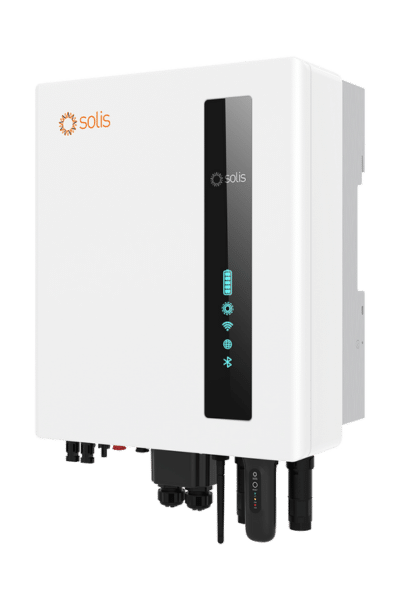
Are you a renter wanting to add solar? Here’s how
If you’re wanting to go down the road of installing solar as a renter, here are 5 steps to help you along the way:
- Crunch the numbers: Check your electricity usage and bill history. Work out how much you’re spending, and how much solar could save you. Online calculators or a quick chat with a solar installer can help here. I happen to know of a great company that offers FREE quotes…you may have heard of them: Energy Matters.
- Get your landlord on board: Present the benefits clearly: increased property value, lower bills for tenants, and potential tax incentives. Offer to share the cost (or pay for it all like we did!) or manage the installation process, it can make all the difference. You won’t be able to install solar without their approval, so open up a dialogue!
- Choose flexible technology: Opt for a system with future-ready features, like a hybrid inverter. If you move, the panels stay, but the savings stay with you while you’re there.
- Pick the right installer: Look for a Clean Energy Council-accredited installer. Get multiple quotes and ask about renter-friendly setups. Some offer solar rental agreements or options to move your system later.
- Lock it in (without locking yourself out): Before signing off, ensure you’ve got an agreement in writing with your landlord. Cover who owns what, who maintains it, and what happens if you move out early.
In conclusion
Call me crazy, but I know that our solar investment is solid. We live in a time where solar isn’t as expensive as you think, and living in Victoria has the added benefit of fantastic rebates and incentives. At the time of writing, we have already generated 4,553kWh since the system was installed in November 2024. We have used 1,082kWh (24%) and exported 3,420kWh (76%) to the grid. At our electricity rate of 37c/kWh, that is already a saving of $400! Then there’s the feed-in tariff (3.3c/kWh) credits of $112.86. That’s a total saving of $512.86 in just 5 months. We are looking at ways to use more of the energy we produce, as that’s where the true savings lie.
At the current rate, with no changes to our circumstances, we will see a return on investment in a little less than 3 years. That is exceptional, as we plan on staying in our home for many years to come. I truly recommend considering solar if you rent and your circumstances allow for it. The savings are there for you to take hold of.
Missed the episode? No worries! Catch up now via 9Now. You can also catch encore screenings on Sunday at 8am, Tuesday at 6:30am, and Thursday at 10:30am.









